路径对象,支持通过对象的接口进行路径的描述,并通过Canvas的stroke接口进行绘制。
画线段
创建Path2D,使用多条线段组合图形。
- 1
- 2
- 3
- 4
/* xxx.css */
.container {
flex-direction: column;
background-color: #F1F3F5;
align-items: center;
justify-content: center;
width: 100%;
height: 100%;
}
canvas {
width: 600px;
height: 600px;
background-color: #fdfdfd;
border: 5px solid red;
}
- 1
- 2
- 3
- 4
- 5
- 6
- 7
- 8
- 9
- 10
- 11
- 12
- 13
- 14
- 15
- 16
// xxx.js
import promptAction from '@ohos.promptAction';
export default {
onShow() {
let ctx = this.$refs.canvas.getContext('2d', {
antialias: true
});
let path = ctx.createPath2D();
// 房顶
path.moveTo(10, 300);
path.lineTo(210, 100);
path.lineTo(410, 300);
// 屋子
path.moveTo(10, 300);
path.lineTo(410, 300);
path.lineTo(410, 600);
path.lineTo(10, 600);
path.closePath();
// 窗子
path.moveTo(50, 450);
path.bezierCurveTo(70, 350, 130, 350, 150, 450);
path.closePath();
// 门
path.moveTo(250, 450);
path.rect(250, 450, 100, 600);
path.closePath();
// 烟囱
path.moveTo(365, 250);
path.ellipse(310, 215, 30, 130, 0, Math.PI * 0.04, Math.PI * 1.1, 1);
// 树
path.moveTo(485, 450);
path.quadraticCurveTo(510, 500, 485, 600);
path.moveTo(550, 450);
path.quadraticCurveTo(525, 500, 550, 600);
path.moveTo(600, 535);
path.arc(520, 450, 85, 0, 6);
ctx.stroke(path);
}
}
- 1
- 2
- 3
- 4
- 5
- 6
- 7
- 8
- 9
- 10
- 11
- 12
- 13
- 14
- 15
- 16
- 17
- 18
- 19
- 20
- 21
- 22
- 23
- 24
- 25
- 26
- 27
- 28
- 29
- 30
- 31
- 32
- 33
- 34
- 35
- 36
- 37
- 38
- 39
- 40

画图形
先使用createPath2D创建出路径对象,只对path1路径进行描边,所以画布上就只会出现path1的路径图形。点击text组件触发addPath方法会把path2路径对象当参数传入path1中,再对path1对象进行描边(stroke)操作后画布出现path1和path2两个图形。点击change文本改变setTransform属性值为setTransform(2, 0.1, 0.1, 2, 0,0),图形变大并向左倾斜。
{{ isAdd }}
{{ textName }}
- 1
- 2
- 3
- 4
- 5
- 6
- 7
- 8
/* xxx.css */
.container {
flex-direction: column;
background-color: #F1F3F5;
align-items: center;
justify-content: center;
width: 100%;
height: 100%;
}
canvas {
width: 600px;
height: 600px;
background-color: #fdfdfd;
border: 5px solid red;
}
.content {
width: 80%;
margin-top: 50px;
margin-bottom: 50px;
display: flex;
flex-wrap: wrap;
justify-content: space-around;
}
text {
width: 150px;
height: 80px;
color: white;
border-radius: 20px;
text-align: center;
background-color: #6060e7;
margin-bottom: 30px;
}
- 1
- 2
- 3
- 4
- 5
- 6
- 7
- 8
- 9
- 10
- 11
- 12
- 13
- 14
- 15
- 16
- 17
- 18
- 19
- 20
- 21
- 22
- 23
- 24
- 25
- 26
- 27
- 28
- 29
- 30
- 31
- 32
- 33
- 34
- 35
// xxx.js
import promptAction from '@ohos.promptAction';
export default {
data: {
ctx: null,
path1: null,
path2: null,
path3: null,
isAdd: "addPath2",
isChange: true,
textName: 'change'
},
onShow() {
this.ctx = this.$refs.canvas.getContext('2d', {
antialias: true
});
this.path1 = this.ctx.createPath2D();
// 正方形
this.path1.moveTo(200, 200);
this.path1.lineTo(400, 200);
this.path1.lineTo(400, 400);
this.path1.lineTo(200, 400);
this.path1.closePath();
this.path2 = this.ctx.createPath2D();
// 圆形
this.path2.arc(300, 300, 75, 0, 6.28);
this.ctx.stroke(this.path1);
},
addPath() {
if (this.isAdd == "addPath2") {
// 删除指定指定区域的绘制内容
this.ctx.clearRect(0, 0, 600, 600);
this.ctx.beginPath();
// 将另一个的路径添加到当前路径对象中
this.path2.addPath(this.path1);
this.ctx.stroke(this.path2);
this.isAdd = "clearPath2";
} else {
this.ctx.clearRect(0, 0, 600, 600);
this.ctx.stroke(this.path1);
this.isAdd = "addPath2";
}
},
setTransform() {
if (this.isChange) {
this.ctx.clearRect(0, 0, 600, 600);
this.path3 = this.ctx.createPath2D();
this.path3.arc(150, 150, 100, 0, 6.28);
// 重置现有的变换矩阵并创建新的变换矩阵
this.path3.setTransform(2, 0.1, 0.1, 2, 0, 0);
this.ctx.stroke(this.path3);
this.isChange = !this.isChange;
this.textName = "back"
} else {
this.ctx.clearRect(0, 0, 600, 600);
this.path3.setTransform(0.5, -0.1, -0.1, 0.5, 0, 0);
this.ctx.stroke(this.path3);
this.isChange = !this.isChange;
this.textName = "change";
}
}
}
- 1
- 2
- 3
- 4
- 5
- 6
- 7
- 8
- 9
- 10
- 11
- 12
- 13
- 14
- 15
- 16
- 17
- 18
- 19
- 20
- 21
- 22
- 23
- 24
- 25
- 26
- 27
- 28
- 29
- 30
- 31
- 32
- 33
- 34
- 35
- 36
- 37
- 38
- 39
- 40
- 41
- 42
- 43
- 44
- 45
- 46
- 47
- 48
- 49
- 50
- 51
- 52
- 53
- 54
- 55
- 56
- 57
- 58
- 59
- 60
- 61
- 62
- 63

鸿蒙全栈开发全新学习指南
有很多小伙伴不知道学习哪些鸿蒙开发技术?不知道需要重点掌握哪些鸿蒙应用开发知识点?而且学习时频繁踩坑,最终浪费大量时间。所以要有一份实用的鸿蒙(HarmonyOS NEXT)学习路线与学习文档用来跟着学习是非常有必要的。
针对一些列因素,整理了一套纯血版鸿蒙(HarmonyOS Next)全栈开发技术的学习路线,包含了鸿蒙开发必掌握的核心知识要点,内容有(ArkTS、ArkUI开发组件、Stage模型、多端部署、分布式应用开发、WebGL、元服务、OpenHarmony多媒体技术、Napi组件、OpenHarmony内核、OpenHarmony驱动开发、系统定制移植等等)鸿蒙(HarmonyOS NEXT)技术知识点。
本路线共分为四个阶段:
第一阶段:鸿蒙初中级开发必备技能
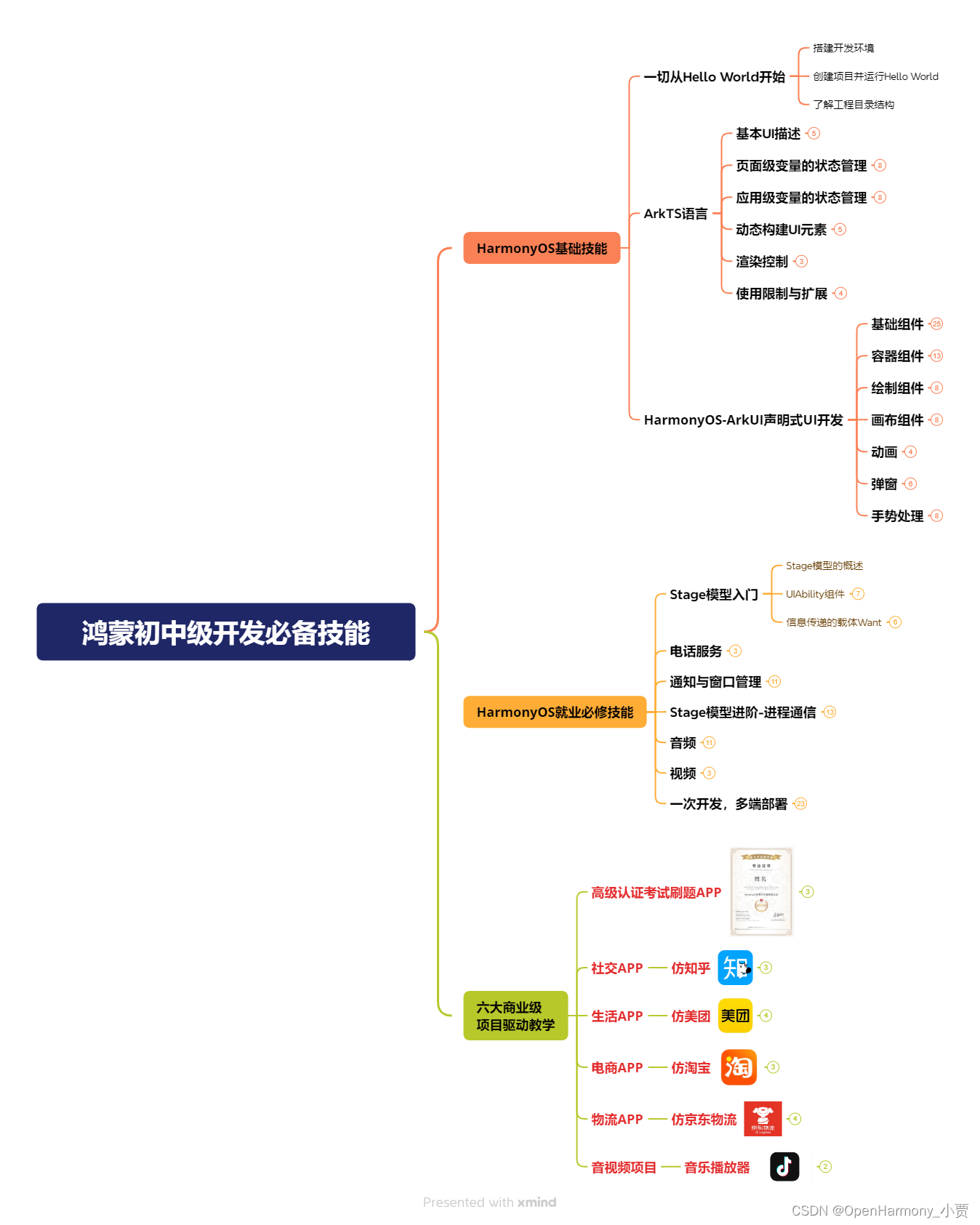
第二阶段:鸿蒙南北双向高工技能基础:gitee.com/MNxiaona/733GH
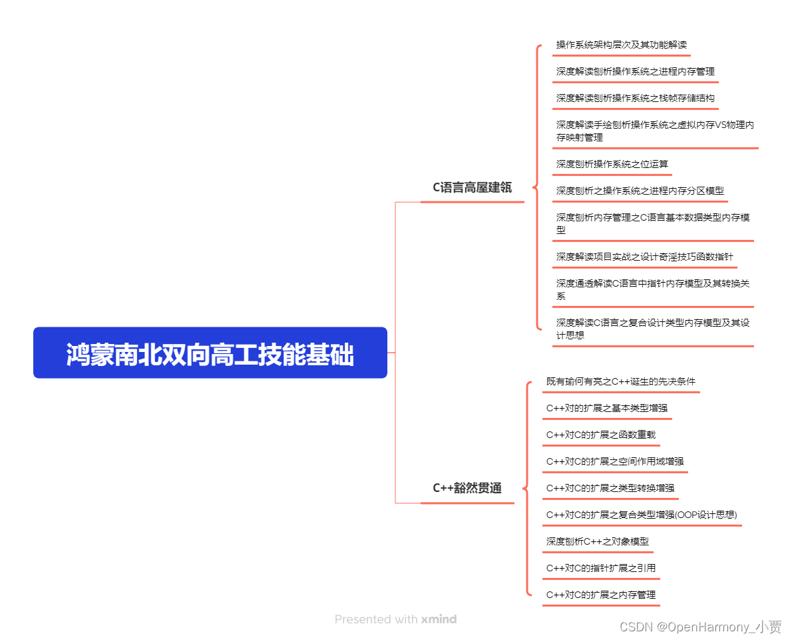
第三阶段:应用开发中高级就业技术
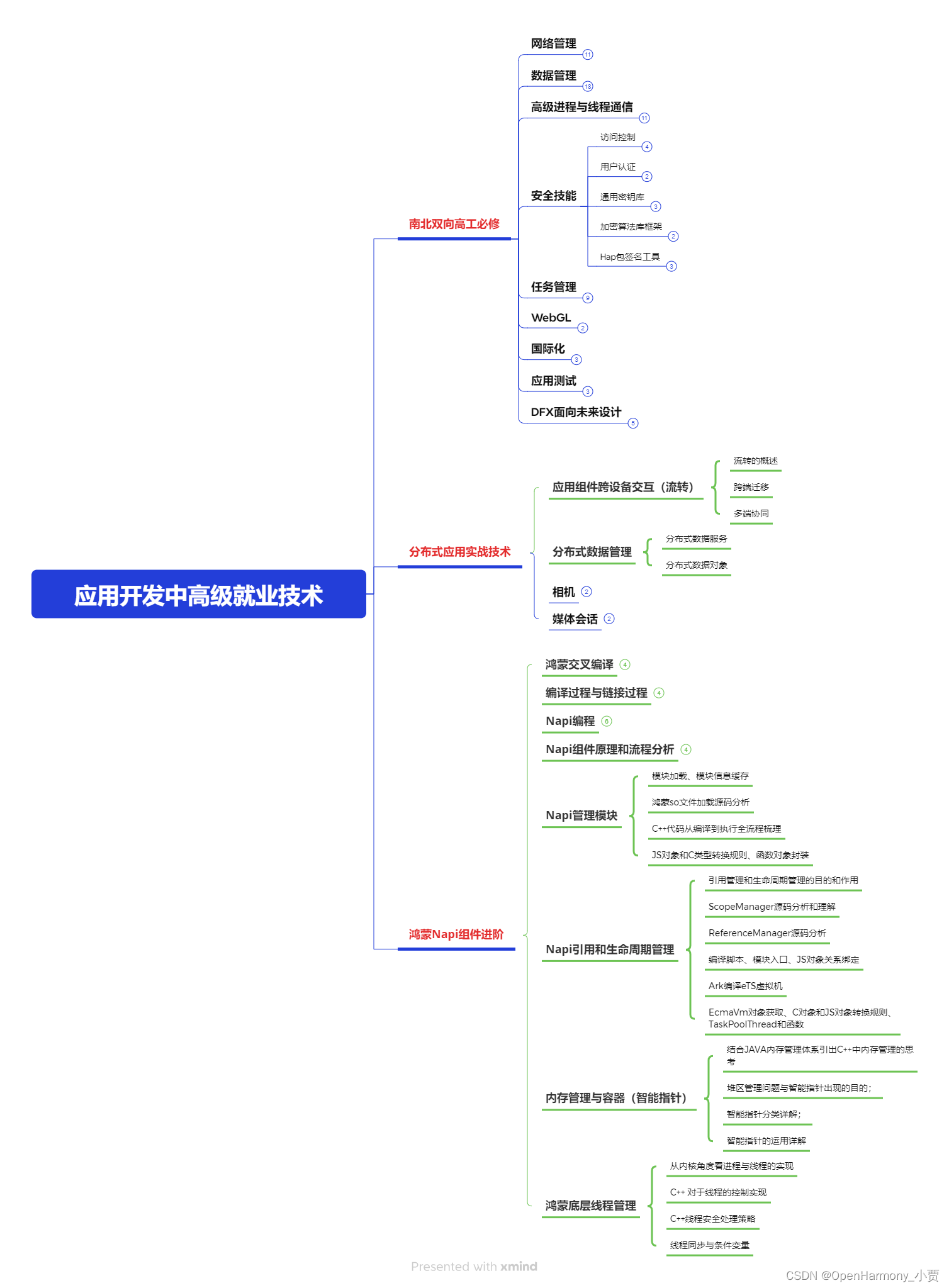
第四阶段:全网首发-工业级南向设备开发就业技术:gitee.com/MNxiaona/733GH

《鸿蒙 (Harmony OS)开发学习手册》(共计892页)
如何快速入门?
1.基本概念
2.构建第一个ArkTS应用
3.……
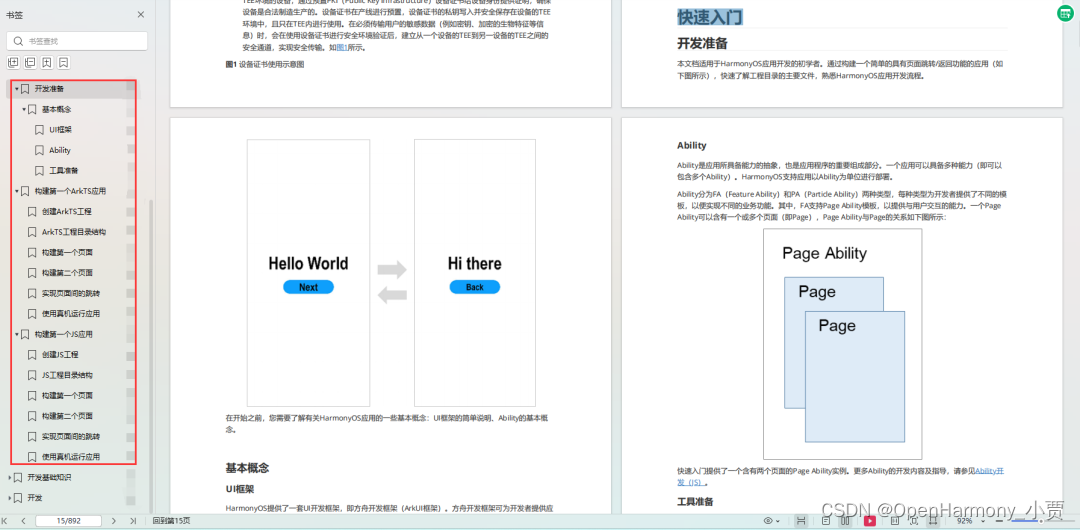
开发基础知识:gitee.com/MNxiaona/733GH
1.应用基础知识
2.配置文件
3.应用数据管理
4.应用安全管理
5.应用隐私保护
6.三方应用调用管控机制
7.资源分类与访问
8.学习ArkTS语言
9.……
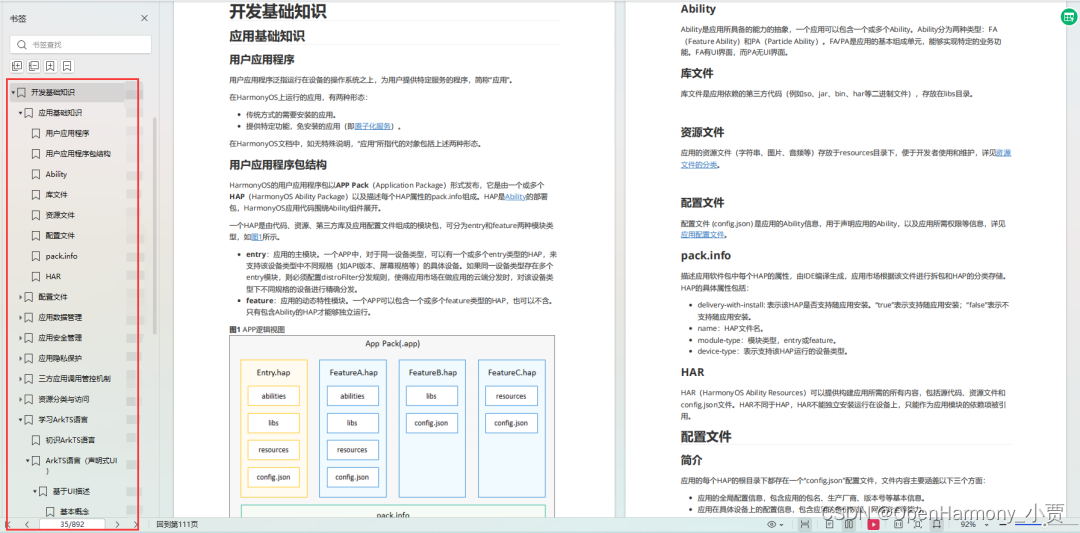
基于ArkTS 开发
1.Ability开发
2.UI开发
3.公共事件与通知
4.窗口管理
5.媒体
6.安全
7.网络与链接
8.电话服务
9.数据管理
10.后台任务(Background Task)管理
11.设备管理
12.设备使用信息统计
13.DFX
14.国际化开发
15.折叠屏系列
16.……
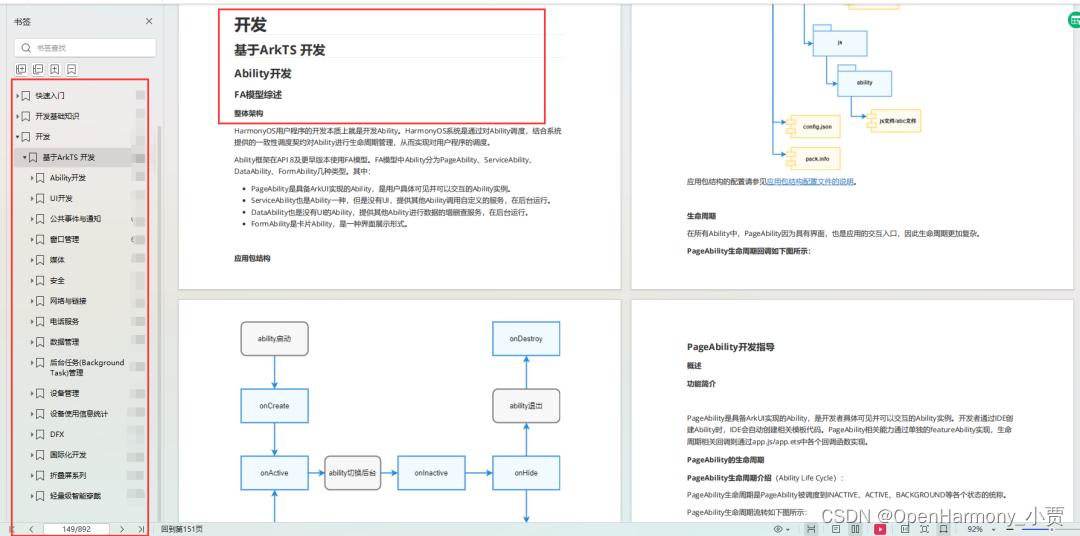
鸿蒙开发面试真题(含参考答案):gitee.com/MNxiaona/733GH
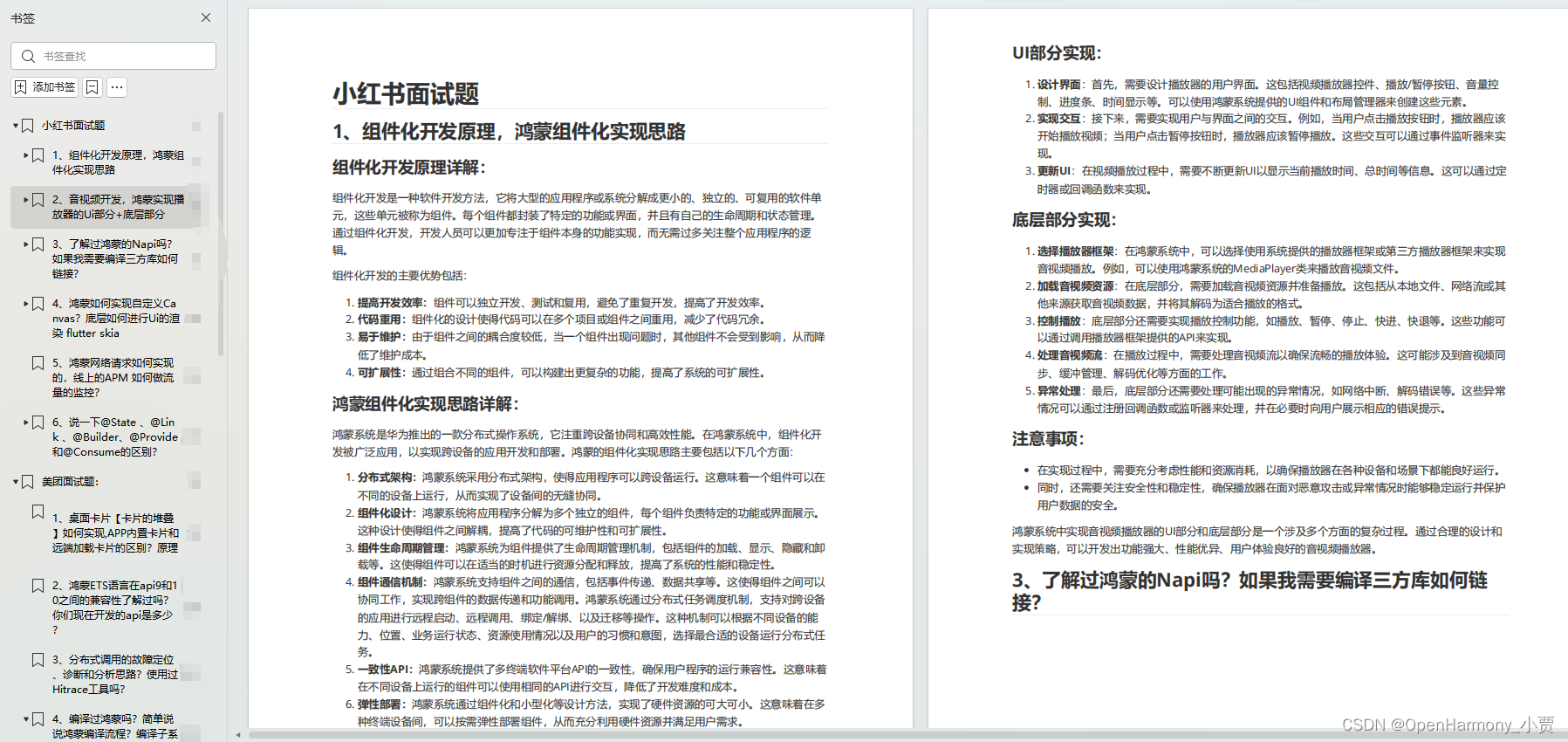
鸿蒙入门教学视频:

美团APP实战开发教学:gitee.com/MNxiaona/733GH

写在最后
- 如果你觉得这篇内容对你还蛮有帮助,我想邀请你帮我三个小忙:
- 点赞,转发,有你们的 『点赞和评论』,才是我创造的动力。
- 关注小编,同时可以期待后续文章ing?,不定期分享原创知识。
- 想要获取更多完整鸿蒙最新学习资源,请移步前往小编:
gitee.com/MNxiaona/733GH


 微信名片
微信名片

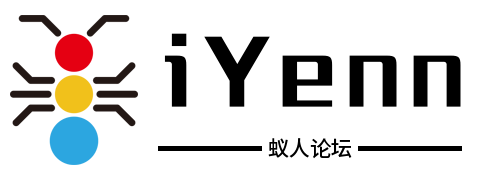

评论记录:
回复评论: